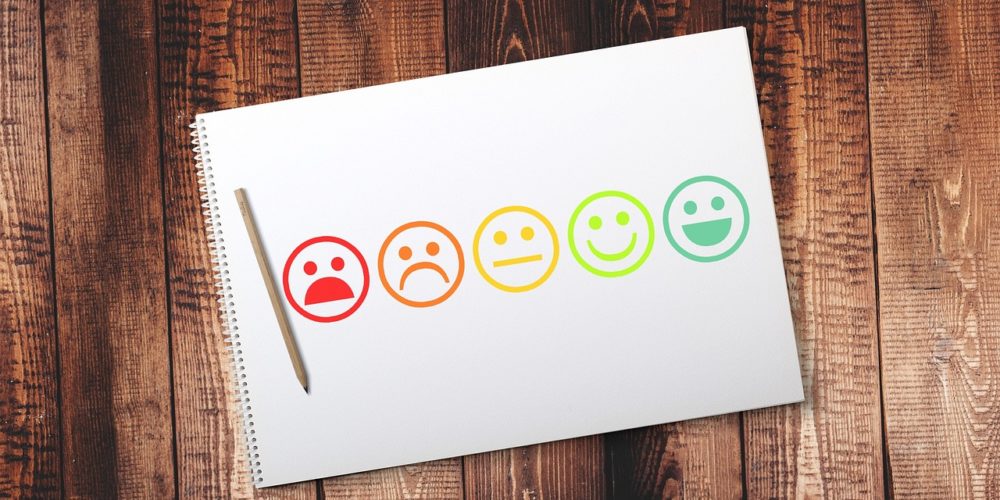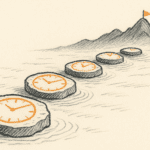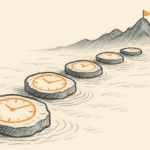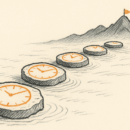What your customer experience fails can teach you

I’ve been having a rough patch as a customer of late. Organizations whose customer-service excellence I have appreciated, and even praised, have been falling surprisingly short.
Some have sent me damaged goods, then retreated from providing suitable redress. Others are unable to maintain even a rudimentary online communication system. Yet others are stuck in old-world, painfully slow response rates to queries.
I am not referring to some small-time, small-town operators in my hood, please note. Some of those being surprisingly disappointing are global giants, behemoths in their industries, renowned for their customer-experience (CX) dazzle. Others are well-regarded market leaders. Many are folks I have done business with for decades. You’d think they wouldn’t want to lose me, but here we are.
Which makes we wonder: if even the big boys in CX can get it badly wrong, what are the rest of us to do? Let me share some thoughts.
First, let’s admit: being great with customers day after day is extremely hard! We can all have good intentions; all make a good start; all create some “wow” moments for customers. But to do it all the time, across products and locations, in person and online? Whoa. That is not for the faint of heart. And here’s the dirty secret that I’m only whispering to you today: it actually can’t be done.
Perfection is not the aim, and it cannot be the standard. We must set the standard of experience we want our customers to have to be as high as possible, no doubt; but we must also realize that anything done by humans through humans to other humans is prone to many lapses and many pratfalls. Between the cup and the lip, as the sages have observed, there is many a slip.
When I recounted my recent customer-experience fails above, I was not referring to the fact that mistakes happened. I expect them to! What was disappointing was the response to the slips. You cannot legislate against customer-service errors. Somewhere, a person will not be in the right state of mind. Elsewhere, a system will fail unexpectedly. Unforeseen challenges will leave customers stranded. What you can legislate for in your business, however, is your ability to react intelligently when you let customers down.
I have explained these steps before (you can watch a three-minute video on YouTube via my channel, The Bigger Deal). If a customer is unhappy, there is a process that unenlightened organizations follow: ignore; deny; argue. Most of the fails I observed recently fell into the first two categories: I was ignored, or my truth was not believed. We did not make it to the argument stage, thankfully. Therefore I am still in a position to return to those organizations, should I detect improvement.
But there is also a fourth level of stupidity when it comes to responding to customer complaints: abuse. The truly dimwitted organizations somehow manage to get there. They actually get into slanging matches with customers. An example: I was recently thinking of booking a family holiday with a seemingly well-regarded hotel. A quick look through Tripadvisor revealed not just many recent complaints, but a manager responding vociferously, accusing complaining customers of ill intentions and bad behaviour. Not once or twice—that can be forgiven—but repeatedly. That’s a red flag. I will not be going there, no matter who was at fault.
Don’t look for fights with customers. That’s a sign you’ve already failed. If you think you have the wrong customers, move away from them, politely but firmly. If accusations and counter-accusations are your norm, you’re in the wrong business. Indeed, you shouldn’t be in business at all.
What is the wise CX leader’s response to complaints? Three simple steps. Apologize, address, and ameliorate. In other words, first say sorry; then understand what went wrong, and provide redress; and finally, learn from the experience and introduce changes, to make your service better and better.
It’s really hard to be consistently great in managing customers. No business in the world can pull it off every time with every customer. That’s not really the aim. What we must all know—whatever we sell—is that giving customers memorable experiences and sterling service is a business imperative, first and foremost; and that we must try and try, learn as we go, and most importantly, become better from our mistakes.
It gets even harder as businesses scale and customer experiences become stretched over many employees in many locations. That’s when role-modelling from the top to create standards, cultures and habits becomes the differentiating feature. Even when that is done well, slip-ups will happen. Will your people and systems respond positively? Or will they become silent and sullen—or worse, argumentative and abusive?
That’s the heart of the matter.
(Sunday Nation, 6 November 2022)

Buy Sunny Bindra's new book
The X in CX
here »
Popular Posts
- Where are you rushing to—your funeral?June 29, 2025
- How to spot a real thinkerJune 15, 2025
- The pause that saves usJune 8, 2025
- Built the app, forgot the flowJune 22, 2025
- The map will appear—once you start walking.July 6, 2025















